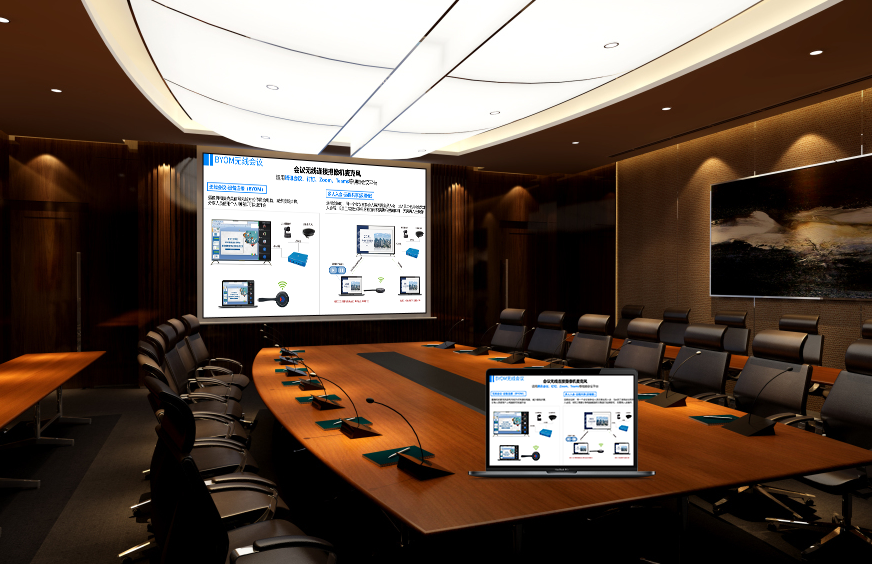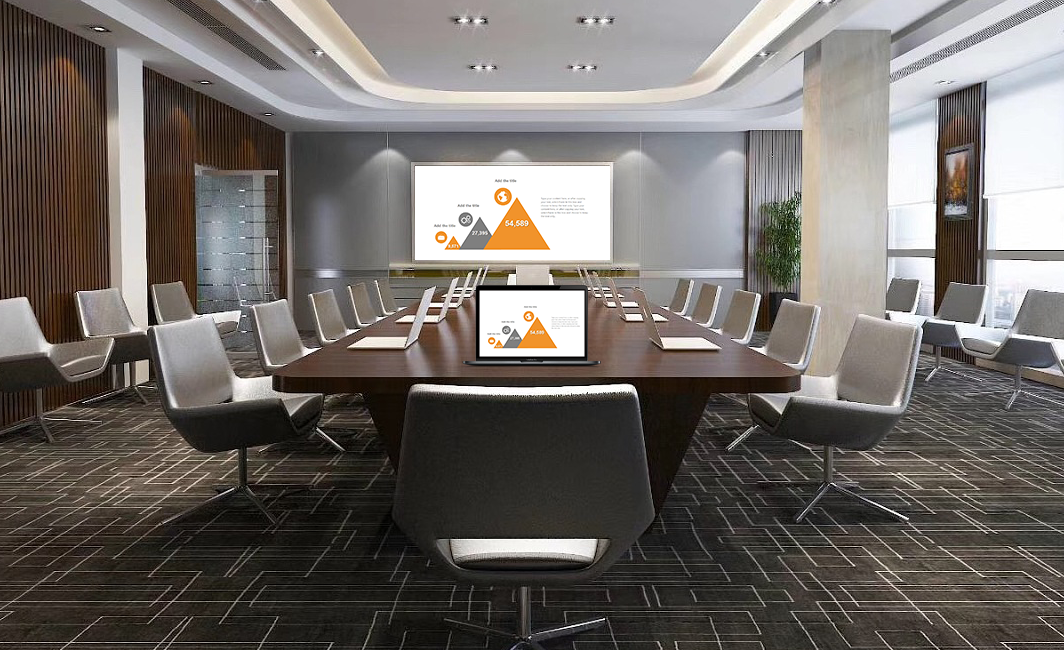RTSP Streaming and Recording Integration: Enabling Seamless Audio-Visual Resource Flow
In scenarios such as educational lecture capture, conference live streaming, and security surveillance, the real-time transmission and storage of audio-visual resources are core requirements. RTSP (Real-Time Streaming Protocol), as a universal standard in the streaming media domain, provides a unified language for audio-visual integration between different devices and systems. A mature RTSP streaming and recording integration solution can break down device barriers, achieving efficient synergy throughout the “capture – transmit – record – playback” process.
I. Full Protocol Compatibility, Opening Up Multi-Device Integration Links
(I) Native RTSP Protocol Support, Adapting to Mainstream Devices
The solution deeply supports both RTSP client and server modes, allowing direct integration with devices like network cameras (IPC), NVRs (Network Video Recorders), video encoders, and lecture capture hosts. Whether it’s classroom cameras in an educational setting, high-definition cameras in a conference scenario, or surveillance equipment in a security application, all can push real-time audio-visual streams to the recording system via the RTSP protocol, without needing additional conversion modules. For example, in a school lecture capture classroom, three cameras from different brands (capturing the teacher, students, and whiteboard respectively) can simultaneously transmit footage to the lecture capture host via RTSP, enabling synchronized multi-camera recording.
(II) Compatibility with Multiple Encoding Formats, Avoiding Conversion Loss
It supports mainstream video encodings like H.264, H.265 (HEVC), and MPEG-4, as well as audio encodings like AAC and G.711. When there are differences in encoding formats output by various devices, the system can automatically decode and re-encode, ensuring consistency of the recorded content and preventing quality loss or increased latency due to format conversion. In a corporate meeting room, H.265 video streams from a camera and AAC audio streams from a microphone can be seamlessly integrated by the recording system, resulting in recorded videos that maintain high-definition quality while saving storage space.
II. Low-Latency Transmission, Ensuring Real-Time Scenario Needs
(I) Millisecond-Level Latency Control, Meeting Interactive Scenarios
By optimizing the RTSP protocol’s transmission link (e.g., using UDP transport mode, reducing frame buffering), end-to-end latency is controlled to within 200 milliseconds. In remote interactive teaching, the camera footage from the main classroom is transmitted via RTSP to the recording system, then simultaneously pushed to the receiving classroom. Student-teacher interaction is almost seamless, approaching an in-person classroom experience. In medical consultation scenarios, real-time video from a surgical site is streamed via RTSP to expert terminals, with low latency ensuring experts can provide timely guidance.
(II) Weak Network Adaptability, Resisting Network Fluctuations
It features dynamic bitrate adjustment. When network bandwidth fluctuates, the system automatically lowers video resolution or frame rate (e.g., from 1080P@30fps to 720P@25fps), prioritizing the continuity of audio-visual streams. Once the network recovers, it automatically reverts to the original parameters. During peak times on a campus network, a classroom recording system can use this feature to prevent video interruptions due to insufficient bandwidth, ensuring complete course recordings.
III. Flexible Integration with Recording Systems, Supporting Diverse Recording Needs
(I) Seamless Integration with Third-Party Recording Platforms
It provides standard RTSP push-stream interfaces, allowing integration with mainstream recording systems (such as brands like Richer, Aula, Zhongqing) and adaptability to self-developed recording platforms. Existing school recording systems don’t need replacement; they can simply integrate video streams from new cameras via the RTSP protocol to expand recording angles. Corporate meeting room recording hosts can receive RTSP streams and perform screen composition (e.g., picture-in-picture, multi-screen splitting) to meet different scenario recording format requirements.
(II) Supports Single-Stream and Multi-Stream Recording Modes
Single-stream recording: Combines multiple RTSP streams (e.g., teacher’s view, courseware view) into a single video stream, suitable for quick post-event playback or uploading to on-demand platforms (like a school’s premium course library).
Multi-stream recording: Records each RTSP stream separately, preserving original footage for later editing (e.g., a meeting recording where a specific speaker’s segment needs to be individually extracted). Users can flexibly choose based on the scenario; for instance, important academic conferences can use multi-stream recording to preserve the complete process while facilitating later editing of key content.
IV. Stable and Reliable Operation, Ensuring Uninterrupted Long-Term Recording
(I) Resume from Breakpoint and Automatic Reconnection
When the network is temporarily interrupted or a device goes offline unexpectedly, the system automatically records the breakpoint. Once the connection is restored, it re-establishes the transmission link via the RTSP protocol and resumes recording from the breakpoint, preventing video file corruption or content loss. During a continuous 8-hour large meeting, even if there’s a brief network fluctuation midway, the recorded content can be fully saved without manual intervention.
(II) Hardware-Level Decoding, Reducing System Load
It uses dedicated audio-visual processing chips to achieve hardware-level decoding and encoding of RTSP streams, reducing CPU utilization (by over 60% compared to software decoding). In scenarios simultaneously handling 8 channels of 1080P RTSP streams, the system can maintain stable operation, preventing stuttering or crashes due to excessive load, ensuring 24-hour uninterrupted recording (e.g., continuous security surveillance footage).
V. Multi-Scenario Deployment, Unleashing the Value of Audio-Visual Resources
(I) Educational Lecture Capture Scenarios
In the recording of “One Teacher, One Excellent Lesson” in primary and secondary schools, RTSP integration connects classroom cameras with the recording system, simultaneously recording the teacher’s lecture, student interaction, and electronic whiteboard content. The generated videos can be directly uploaded to educational resource platforms. For recording high-quality university courses, multi-camera RTSP streams, after processing, support later addition of subtitles and camera switching, improving course quality.
(II) Meeting and Training Scenarios
Corporate quarterly review meetings use the RTSP protocol to transmit meeting room camera footage and presenter computer courseware streams to the recording system, generating real-time meeting recordings that can be quickly shared to internal platforms for review by those who couldn’t attend. In remote training, the presenter’s footage and PPT streams are recorded synchronously via RTSP, allowing trainees to freely switch perspectives during playback, enhancing the learning experience.
(III) Security and Surveillance Scenarios
Surveillance cameras in factory workshops transmit footage via RTSP streams to the recording system for 24-hour video storage, while also supporting real-time viewing and historical playback. Multiple surveillance point videos in a shopping mall, after RTSP integration, can be displayed on a large screen in the monitoring center. In case of an anomaly, video segments can be quickly located, improving security efficiency.
The core value of the RTSP streaming and recording integration solution lies in using a standardized protocol as a bridge to eliminate “language barriers” between different brands and types of devices, enabling efficient flow of audio-visual resources throughout the capture, transmission, and recording stages. Whether for knowledge retention in education, collaboration records in enterprises, or event traceability in security, it provides stable, compatible, and flexible technical support, allowing audio-visual resources to truly realize their application value.